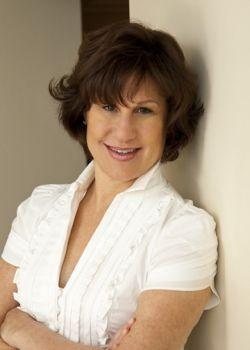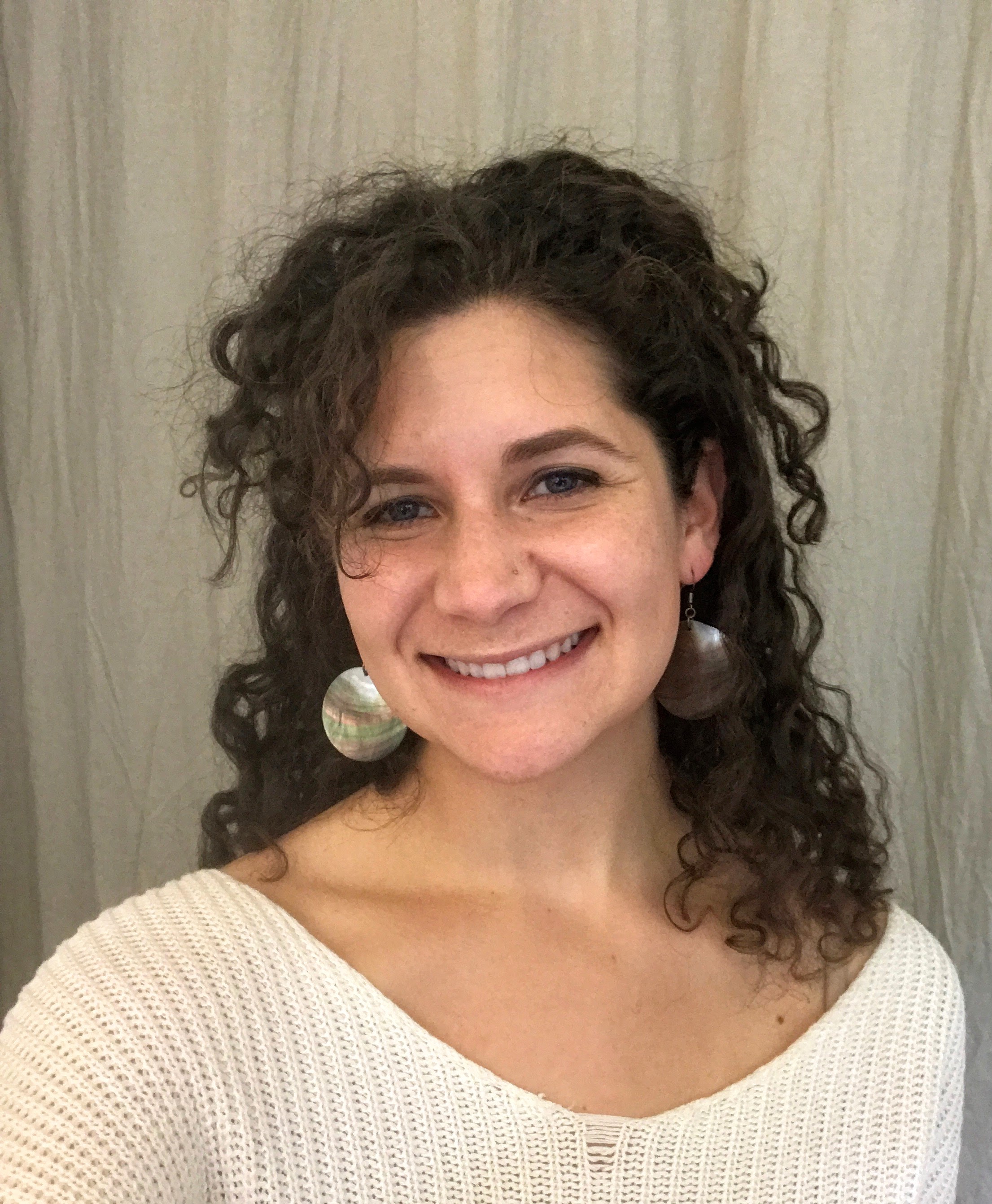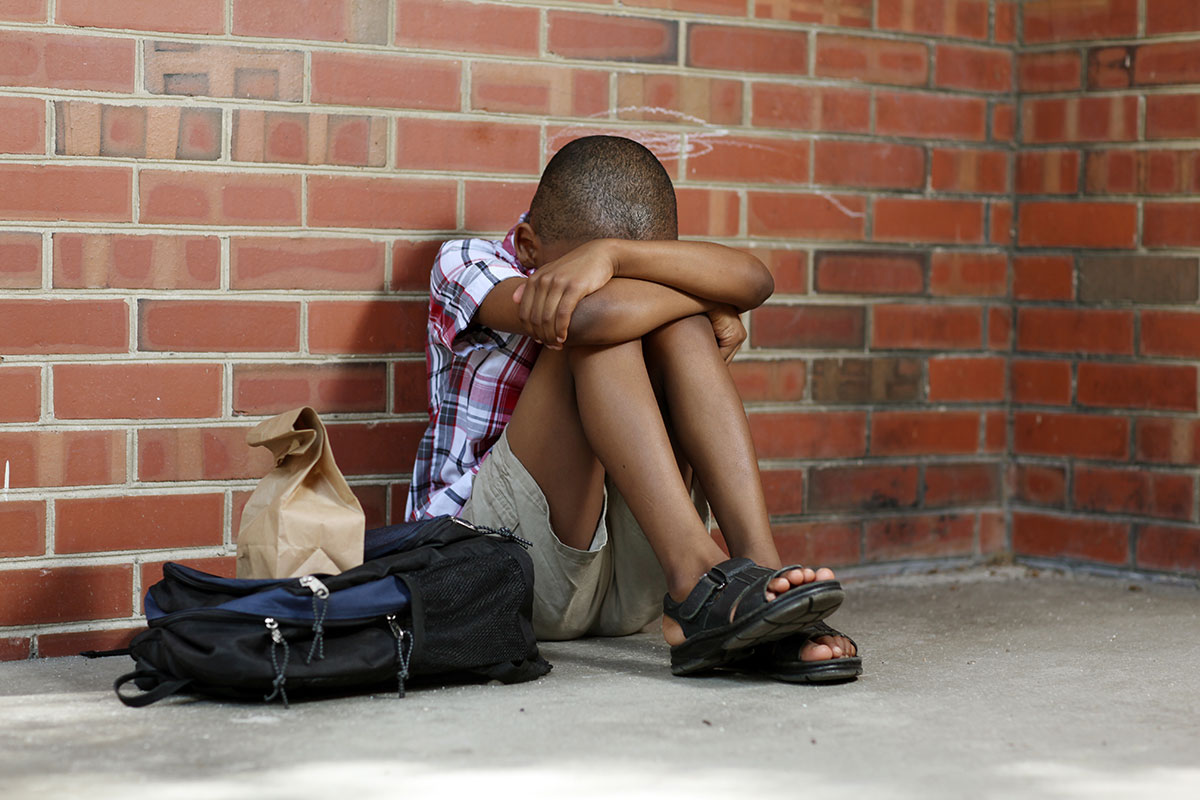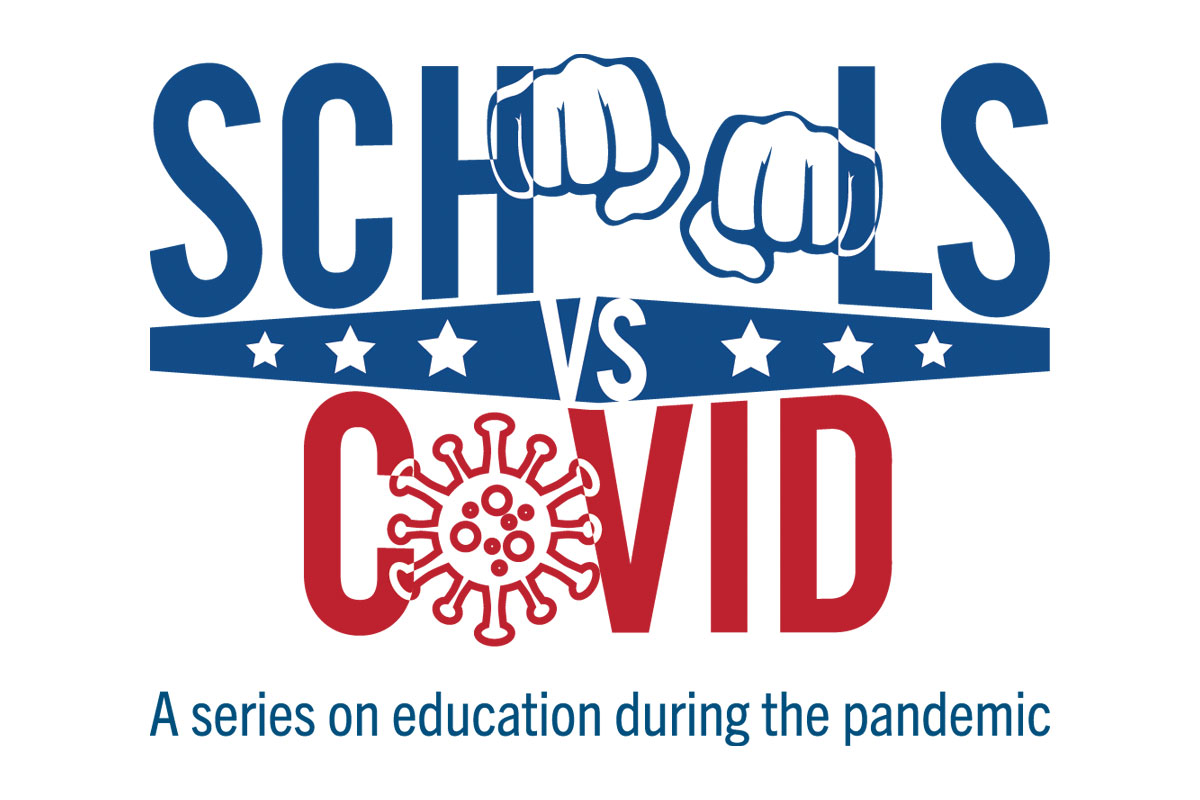The term “psychoanalysis” tends to conjure images of patients spending years on a therapist’s couch, sorting through dreams and memories — which is probably why most mental health experts would dismiss the approach as a tool for addressing the behaviors of K-12 students struggling with poverty, violence, drugs and homelessness.
Nancy Eppler-Wolff believes those experts are the ones with outmoded ideas.
For one thing, says Eppler-Wolff, a New York City psychologist and psychoanalyst in private practice who is also a TC adjunct faculty member, psychoanalytic theory and practice is something quite different from what Freud created during Victorian times or what Erik Erikson practiced in the 1950s — a nimbler, more results-oriented approach, better validated by neuroscience and other research.

LOOKING BELOW THE SURFACE Nancy Eppler-Wolff, SBMHC Founding Director, argues that changing the behaviors of students requires an understanding of what those behaviors mean. (Photo: TC Archives)
Yet the field does retain an emphasis on looking below the surface — and that, says Eppler-Wolff, may be the only way to really address the needs of deeply traumatized students.
“I’ve been working in education for 25 years, and I’ve seen schools with mottoes on the wall like ‘respect, understanding and community,’” she says. “The kids do SEL [social and emotional learning] exercises in the morning, and by the afternoon, they’re punching each other on the playground. So, there’s a need to dig deeper. We can’t help children if we don’t understand their underlying thoughts and feelings.”
I’ve been working in education for 25 years, and I’ve seen schools with mottoes on the wall like ‘respect, understanding and community.’ The kids do SEL [social and emotional learning] exercises in the morning, and by the afternoon, they’re punching each other on the playground. So, there’s a need to dig deeper. We can’t help children if we don’t understand their underlying thoughts and feelings.
— Nancy Eppler-Wolff, Founding Director, SBMHC
Five years ago, Eppler-Wolff created TC’s School-Based Mental Health Collaboration (SBMHC), a partnership between the College and local public schools aimed at improving the social and emotional lives of underserved schoolchildren.
SBMHC focuses on “mentalization” — the ability to reflect upon and understand one’s state of mind, and to have insight into what one is feeling and why. The initiative delivers support to kids “in vivo” through its Clinical Consultants (CCs) – Clinical, Counseling and School Psychology students, some of who are training at TC’s Dean Hope Center for Education & Psychological Services. The CCs spend many hours each week in schools, working with teachers and students.
Listening to Children: A Deeper Approach to Treating Emotional Trauma
Dr. Nancy Eppler-Wolff and Helen Feldman discuss how “listening” to our children, and becoming perceptive observers of their behavior, will lead to a better understanding of our children’s struggles now — and post-COVID.
“Our goal is to be there in the classrooms, to meet teachers and principals, and to help them better understand kids and the meanings for their behaviors,” Eppler-Wolff says. “If a child is getting up from his seat all the time, you have a better chance of lessening this behavior if you know why he’s doing it. Maybe there’s a language processing issue going on, maybe he is worried about a parent who is ill, or maybe he has ADHD or some other executive functioning problem. Each requires a different strategy.”
But SMBHC is also grounded in attachment theory — the view that a child’s first relationships, with parents or other caregivers are a template for all future interactions with others. Helen Feldman (M.A. ’20), a former CC, offers her experiences with a young boy in a first-grade classroom as a vivid case in point.

PART OF THE SCHOOL ECOSYSTEM By spending hours each week in classrooms, Helen Feldman (M.A. '20) was able to connect with students and learn about issues in their lives. (Photo: TC Archives)
“This boy was virtually silent when the semester began, and withdrawn in every sense of the word,” recalls Feldman, now a first-year doctoral student in clinical psychology at City College, CUNY. “He barely interacted with other students. He wore a hoodie and often kept his jacket zipped to his eyes. The teacher would ask him to take the hood off and unzip his jacket so that she could hear him, but as the only teacher in a classroom of 18 students, she didn’t have time to find out how he was doing.”
[Read a profile of Helen Feldman.]
Feldman began stopping by the boy’s desk each Monday morning to ask him precisely that question. At first, he just shook his head, but soon he began to talk to her. One day in class, he raised his hand to ask a question. And in late fall, right after Feldman taught a lesson on understanding one’s own emotions by paying attention to physical feelings, the boy asked if he could speak with her privately.
“We went to a corner of the classroom, and he began speaking about challenging things going on at home. It was like a dam had loosened — he was putting words to so many complex feelings.” Subsequent attempts to meet with the boy’s caregivers failed, and then the COVID pandemic put a lot of work on the back burner. “But at least this child is now on the radar of this year’s Clinical Consultants,” Feldman says. “And I like to think that just having someone there — an adult who’d say ‘Yes’ when he said ‘Can I talk to you?’ — is something that will stick with him.”
Can the SBMHC model be replicated on a broad scale?
Eppler-Wolff is quick to acknowledge that the program is an outlier in the world of school psychology. Because schools often lack resources — especially in the poorest districts, where kids typically have the greatest need — most psychological interventions with students usually employ cognitive behavioral therapy (CBT), a typically short-term approach aimed at changing thoughts and behaviors.
Research has indicated that the change with psychodynamic treatment is deep. It goes beyond symptom reduction to contribute to long-lasting changes in interpersonal relationships, enhance the ability to meet life’s challenges, and increase self-reflectiveness and self-confidence.
— Nancy Eppler-Wolff, Founding Director, SBMHC
“Research that investigates the success of cognitive behavioral treatments has been well documented, and it’s caught on, because given the number of kids in our schools who are suffering, people want a quick fix,” she says. “But recently, many studies have examined the effects of psychodynamic treatment. This research has indicated that the change with psychodynamic treatment is deep. It goes beyond symptom reduction to contribute to long-lasting changes in interpersonal relationships, enhance the ability to meet life’s challenges, and increase self-reflectiveness and self-confidence.”
In the era of COVID, when students are more isolated and teachers are coping with even greater workloads, promoting that kind of resilience is especially important.
“We’re looking for signs of distress in students, and especially since COVID,” says Michelle Verdiner, Principal of the preK-8 Teachers College Community School (TCCS), where SBMHC has been working for several years, and where the program has been operating via Zoom since last spring. “Some of our families have lost people, and parents are dealing with all kinds of new pressures. It’s very helpful to have people in the classroom who are trained to spot the way these issues are affecting our kids, and who can help embed social and emotional learning skills throughout our curriculum. So I think this is a model that can help many schools.”
Alexandra Espinosa, a second-grade teacher at the TCCS lower school adds that the SBMHC Clinical Consultants have been especially valuable in recognizing the different culture within each classroom.
“The students in each classroom have different experiences and needs, and it’s really helpful to have a second adult in the room who can bring them our attention — because there’s so much going on that sometimes we don’t see it,” Espinosa says. “They can also adjust the way they teach SEL to meet those particular needs.”
Certainly the funding that an initiative like SBMHC requires is significant, but the expense is short-term, with a long-term payoff.
“Our goal isn’t to stay in a school permanently,” Eppler-Wolff says. “It’s to infuse the culture with an awareness of what children and families are dealing with. And if we can make that investment, we help children to make big changes that will benefit them throughout their lives.”

